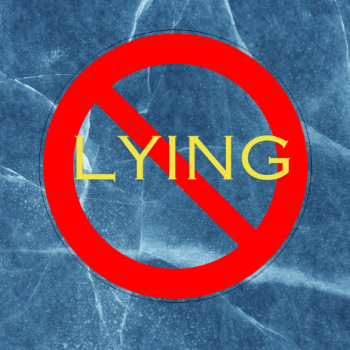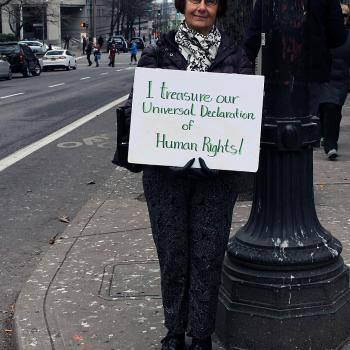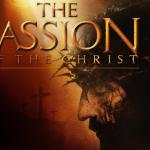At CNN’s Belief Blog, John Blake offers four warning signs of when religious beliefs become evil. These include absolutism, charismatic leaders, apocalypticism, and the end justifying the means. He notes that “the line between good religion and evil religion is thin, and it’s easy to make self-righteous assumptions.”
Blake catalogs “evil” religions and their dangerous actions:
- Army of God abortion clinic bombers
- The mass suicide at Jonestown in 1978
- Aum Shinrikyo’s sarin gas attack on a Japanese subway station in 1995
- The Roman Catholic Church’s sex-abuse scandal
This list is unsurprising. When people label religion “evil,” they almost always include Jonestown, Aum Shinrikyo and the Branch Davidians (who are represented here in an image accompanying Blake’s article). The common assumption follows that these religious groups can be marked as evil because they are imbricated in violence, death and destruction. We can cluck our tongues sympathetically at the supposedly brainwashed people deluded into joining these movements, and we can rest easier at night by assuming that our religious commitments must be the safe kind.
Moreover, we can hold onto the vision of “healthy religion” that Blake espouses. If only we were versed in these four signs, the argument goes, then maybe these tragedies wouldn’t happen.
If only it were this easy. Such an understanding of “evil” religion is predicated on a sense that religion is inherently “good.” Blake even writes that “religion is supposed to be a force of good,” as if claiming this aloud necessarily makes it so.
This efforts to establish the goodness of some religions over the horror of others is nothing new. The history of white supremacy, doomsday groups and terrorism suggest that Blake’s piece lacks a nuanced engagement with the complicated relationships between religion and violence.
Members of the 1920s Ku Klux Klan branded themselves as a particular form of white Protestantism. Klansmen imagined themselves as knights fighting to preserve the American nation from immigrants, Catholics, Jews, and African Americans, and they crafted a white Jesus who would have gladly worn the infamous hood and robes. The burning cross was not for them an object of terror; it reflected the light of Jesus, whose redemptive sacrifice saved humanity. The Klan considered itself to be a religious order, yet the general consensus was that the Klansmen could not be religious because they were also white supremacists.
Read the rest here















